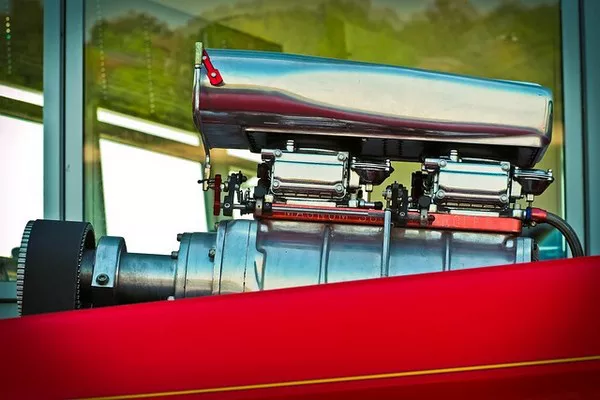Compressors play a pivotal role in various industries, serving as the workhorses behind numerous processes that require the compression of gases. One critical aspect of compressor efficiency and functionality is the choice of the gas used within the system. The selection of the appropriate gas can significantly impact performance, energy efficiency, and the overall lifespan of the compressor. In this article, we will delve into the different gases used in compressors and discuss the key factors to consider when making this crucial decision.
Common Compressor Gases:
Compressors are versatile machines used in a myriad of applications, from refrigeration and air conditioning to industrial processes and manufacturing. The gases employed in compressors can be broadly categorized into two types: non-flammable and flammable.
a. Non-Flammable Gases:
Nitrogen, carbon dioxide, and helium are examples of non-flammable gases commonly used in compressors. Nitrogen, an inert gas, is widely utilized in applications where oxygen presence poses a risk, such as in pipelines and gas systems. Carbon dioxide, known for its cooling properties, finds application in refrigeration and beverage dispensing systems. Helium, with its low density and excellent heat transfer characteristics, is often used in cryogenics and cooling applications.
b. Flammable Gases:
Hydrocarbons like methane, propane, and butane fall into the category of flammable gases used in compressors. These gases are prevalent in applications where energy efficiency and environmental considerations are paramount. Propane, for instance, is commonly used in refrigeration systems due to its low environmental impact compared to traditional refrigerants.
Factors Influencing Gas Selection:
When selecting a gas for a compressor, several factors must be taken into account to ensure optimal performance and safety.
a. Application Requirements:
The specific application of the compressor plays a crucial role in determining the suitable gas. Different industries have varying demands, and understanding the requirements of the application is essential. For example, the requirements for a compressor used in a medical setting may differ significantly from those in an industrial manufacturing environment.
b. Safety Considerations:
Safety is paramount when choosing a gas for a compressor. Flammable gases, while energy-efficient, require careful handling and adherence to safety protocols. Non-flammable gases may be preferred in situations where the risk of fire or explosion needs to be minimized. Conducting a thorough risk assessment is imperative to identify and mitigate potential hazards associated with the chosen gas.
c. Environmental Impact:
As environmental concerns continue to grow, the impact of compressor gases on the environment has become a critical consideration. Many industries are transitioning to environmentally friendly alternatives to reduce their carbon footprint. Choosing gases with lower global warming potential (GWP) and ozone depletion potential (ODP) aligns with sustainability goals and regulatory requirements.
d. Energy Efficiency:
The energy efficiency of a compressor is a significant factor influencing the choice of gas. Some gases, such as hydrofluorocarbons (HFCs), are known for their high energy efficiency but come with environmental concerns. Balancing energy efficiency with environmental impact is crucial to selecting a gas that aligns with both performance and sustainability goals.
e. Temperature and Pressure Requirements:
Different gases exhibit varying behaviors under different temperature and pressure conditions. Understanding the specific temperature and pressure requirements of the application is vital to selecting a gas that can perform optimally in the given operating conditions. Some gases may require additional compression stages or specific equipment to accommodate extreme temperatures or pressures.
Emerging Trends in Compressor Gases:
As technology evolves and environmental consciousness grows, the compressor industry is witnessing a shift towards alternative and innovative gases. Hydrofluoroolefins (HFOs) are gaining traction as low-GWP alternatives to traditional HFCs. Additionally, natural refrigerants such as ammonia and carbon dioxide are becoming more popular due to their minimal environmental impact.
Conclusion:
In conclusion, the choice of gas in a compressor is a multifaceted decision that requires careful consideration of various factors. From safety and environmental impact to energy efficiency and application requirements, each aspect plays a crucial role in determining the optimal gas for a given compressor system. As technology continues to advance, and environmental awareness increases, the compressor industry is likely to see further innovations in gas options, emphasizing sustainability without compromising performance. As professionals in the field, it is imperative to stay informed about these developments and adapt our practices to meet the evolving needs of the industry.

